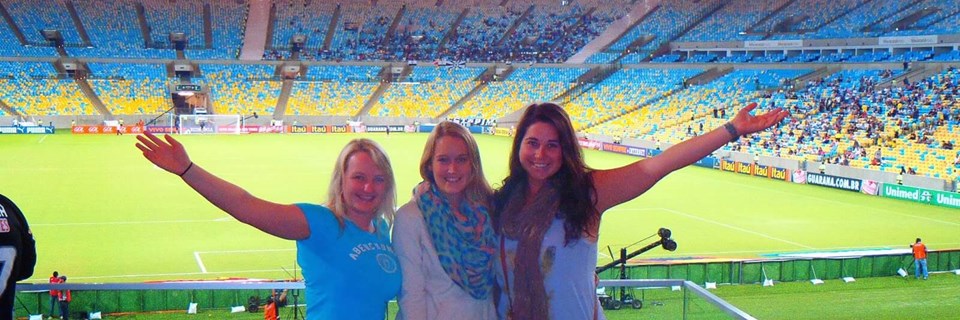As the Maracanã faces an uncertain future, we recall our visit during happier times to experience one of the world's most iconic football stadiums.
In February 2017 a CNN report revealed the sad state of abandonment into which the legendary Maracanã stadium has fallen since it played a starring role in the 2014 World Cup and 2016 Olympic Games in Rio de Janeiro. The grass is non-existent, the seating damaged, the electrical power cut-off and much of the equipment has been looted. Tours are currently suspended and matches are not yet scheduled, as the regional Rio de Janeiro season fast approaches. A series of legal battles have left the stadium in limbo and with the weight of a large debt around its neck. Many blame the Olympic Games for the sudden fall from grace, others the construction company which controls the majority of the stadium, but either way it seems nobody now wants to take responsibility.
Given the importance of the stadium and the pressing need to generate some funds, football will likely soon return to the Maracanã and the tours will surely follow and hopefully mark the end to this ugly period, so unbecoming for one of the world's great sporting venues. In the meantime we look back on a time of excitement and optimism as Chris from our marketing department talks about his visit here in November 2013, with the stadium fully renovated and Brazil's second World Cup just a few months around the corner.
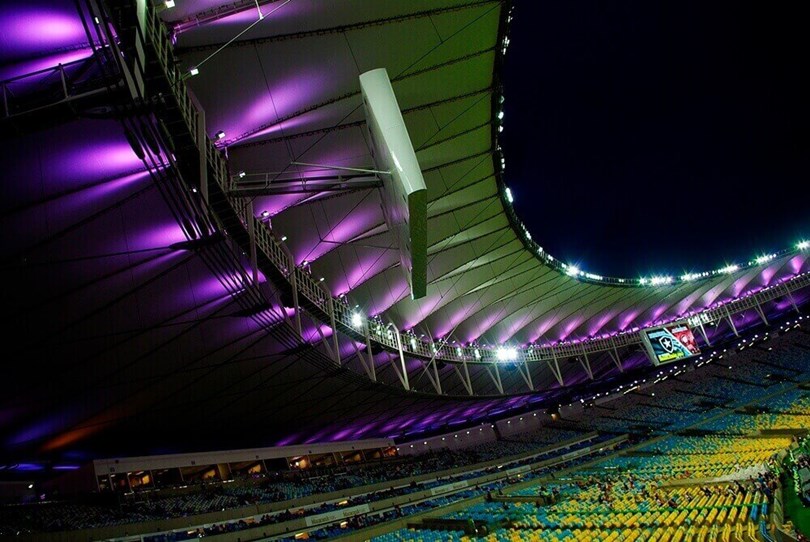
Fulfilling a dream in the mythical Maracanã
Along with the iconic images of Christ the Redeemer and the view across Guanabara Bay, the prospect of watching a match at the mythical Maracanã Stadium was one of the main reasons why I grew up dreaming about the day I could come to Rio de Janeiro and experience it all for myself. I finally got the chance in November 2013, as part of a two week trip from Rio down to Patagonia in Argentina.
I decided to try to procure the tickets once I got to Rio and so, in between other sightseeing, I returned to our hotel in Leblon to talk to various people, none of whom could could give me a definitive answer as to whether they'd be willing to give up their evening to collect us and take us to the match. It seemed that Botafogo, despite being by far the highest placed of the Rio teams, were not quite the same attraction as Flamengo or Fluminense.
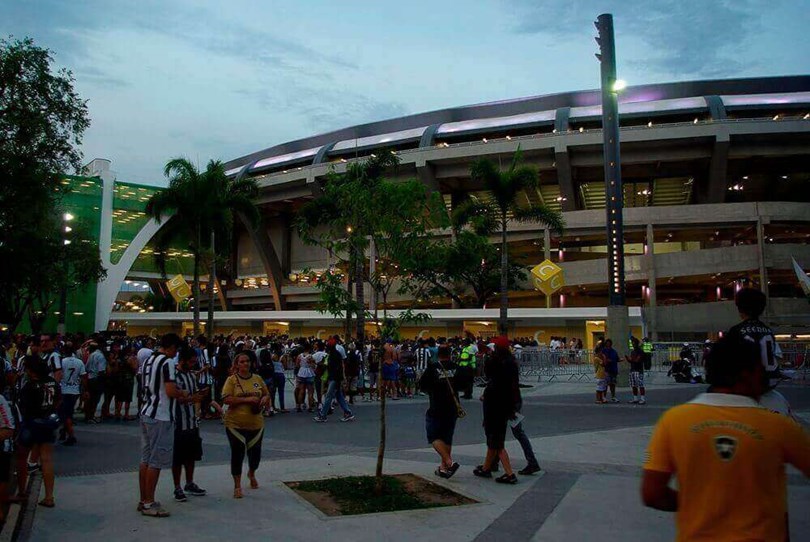
Finally, I got the answer I was looking for and we had four tickets secured for a crunch tie between high flying Botafogo in fourth place and Atlético Paranaense in second. Neither team had a hope of catching run away leaders Cruzerio, but behind them the battle to qualify for the Copa Libertadores, South America's premier continental competition, was well and truly raging. Such was the importance of this match, that the club had slashed ticket prices to make them more affordable to the football mad but cash poor Cariocas.
Getting to the stadium and the collecting of the actual tickets, which for reasons I never found out took place in a petrol station, took far longer than we expected. But we'd arrived and shuffled through security in plenty of time for kick off. In the concourse below the stands I heard the first roar of the crowd and the deafening beat of drums. I'd been to hundreds of football matches in England, including a friendly match between Brazil and Ghana in Fulham in which the on-pitch events served only as a distraction from the carnival taking place in the stands, but this promised to be something completely different.
I bounded up the stairs, eager for my first look at the stadium and the hordes of fanatical fans. Imagine my surprise then when we were presented with a near empty Maracanã, filled only in the curve behind one goal with buoyant Botafogo fans bedecked in the famous black and white team colours, making enough noise for the entire 78,000 seat stadium. The paper that I brought next day for prosperity put the official attendance at exactly 14,147 (of which only 10,924 paid appratently). It did little to diminish the atmosphere or experience, but I can only imagine the noise when it's full.
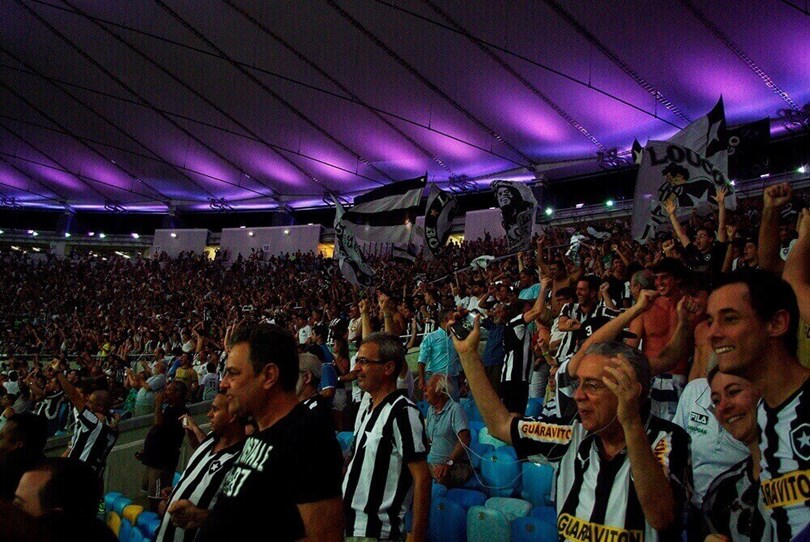
One man who was in the stadium that night was Dutch legend Clarence Seedorf, winding down his career and adding himself to the illustrious list of players to have worn the black and white stripes of Botafogo, most notable among which are Jairzinho, Pele's partner in crime at the iconic 1970 World Cup and the bow-legged wizard Garrincha, the club's greatest ever player. Just two months later Seedorf was to retire from playing to take over as manager at AC Milan, a job he would hold for just 5 months.
The match itself provided four goals, two red cards and some frankly horrendous defending. Much to the delight of the locals, Botafogo scored all four of the goals, Seedorf getting the second, each of which brought forth an astonishing outpouring of emotion both in the stands and on the pitch. Shirts were whipped off and swirled frantically above the heads of ecstatic supporters, a couple exchanged a passionate kiss and players, substitutes and coaches converged into one big group hug near the corner flag. It was the sort of reaction normally reserved for last minute winners or title clinching goals back home, but it happened on every single goal here.
Before the end of the match, both sides were reduced to ten men, but the game had long since been decided and the Cariocas went home in a jubilant mood. We went home in a bus driven by a Brazilian in a hurry, with little regard for speed bumps it seems, not that it seemed to bother anyone else.
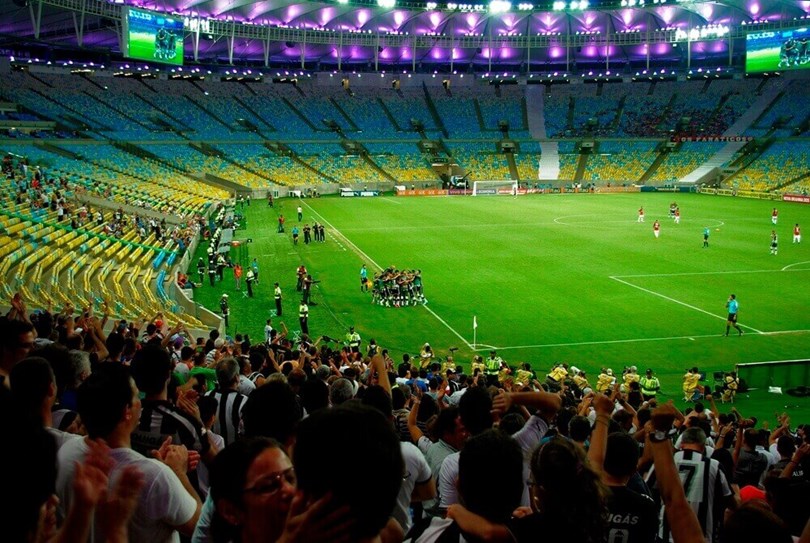
Eight months later the Maracanã would host the World Cup final. Sadly for Brazil it would not get the opportunity to avenge the defeat the national side suffered here to Uruguay in the 1950 World Cup final (thanks to a far more humiliating semi final defeat to eventual winners Germany). It was a match that haunted a football obsessed and highly insecure nation and which spurred a then nine year old Pele into promising his Dad that he would personally deliver him Brazil's first title, something he promptly did eight years later in Sweden.
The following week, having visited the Iguazu Falls, we were in Buenos Aires and I had no intention of missing the chance to see another of football's iconic stadiums. There were no matches scheduled this time, so instead we settled for a tour of the famous Bombonera Stadium, home to Boca Juniors and which topped FourFourTwo's 2015 list of the 100 best football stadiums in the world (the Maracanã came in sixth). Fortunately this famous landmark has a rosier future, despite new regulations on standing terraces threatening its existence. Plans are in the place to expand the capacity to match the 78,000 seats of the Maracanã, a move that would help keep the team in their spiritual home, in the heart of the colourful La Boca barrio.
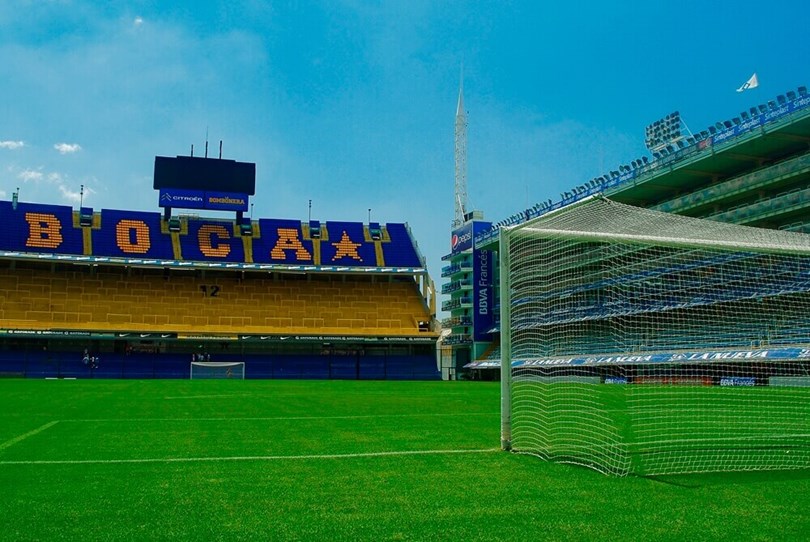
Watching football in Latin America
Besides the Maracanã, Latin America is home to some of the world's most iconic football stadiums. The Argentine capital Buenos Aires boasts two of these, the colourful Estadio Bombonera, home to Boca Juniors and the Estadio Monumental, the huge bowl in which their great rivals River Plate play their games and the host of the 1978 World Cup final.
In La Paz we find the Estadio Hernando Siles stadium, scene of Argentina's infamous 6-1 defeat in 2009. At an altitude of 3,600 metres above sea level it is one of the highest football grounds in the world, a fact blamed for the humiliating loss by manager Diego Maradona.
Perhaps the ground that can most rival the Maracanã for legendary status is the Estadio Azteca in Mexico City, host of the iconic 1970 World Cup final, won by the great Brazilian team, as well as Argentina's 1986 triumph. Following renovations completed in 2016 it has a capacity of 87,000 and is the official home of both the national side and Club América.
Attending a football match in any of these great stadiums is a wonderful experience, even for non-football fans. Veloso Tours can work with you to arrange tickets, guides and transportation so that you can enjoy this experience in a safe and authentic way. Please get in touch to discuss your trip with one of our Travel Consultants.

Stay in touch
Infuse your travels, with inspiration from our monthly newsletter.
READY - 20 April 2024
LANDMARK TOURS: Multi-Country & Cross Continent. New Cosmopolitan Tour: Buenos Aires, Iguazu, Rio
CHINA & INDIA: Local Life, People & Unique Cultures
GUIDES by Veloso Tours, are the best Local Hosts
PRIVATE VILLAS: Quality Time in exclusive settings
TRAVEL INSURANCE with extensive COVID-19 cover
